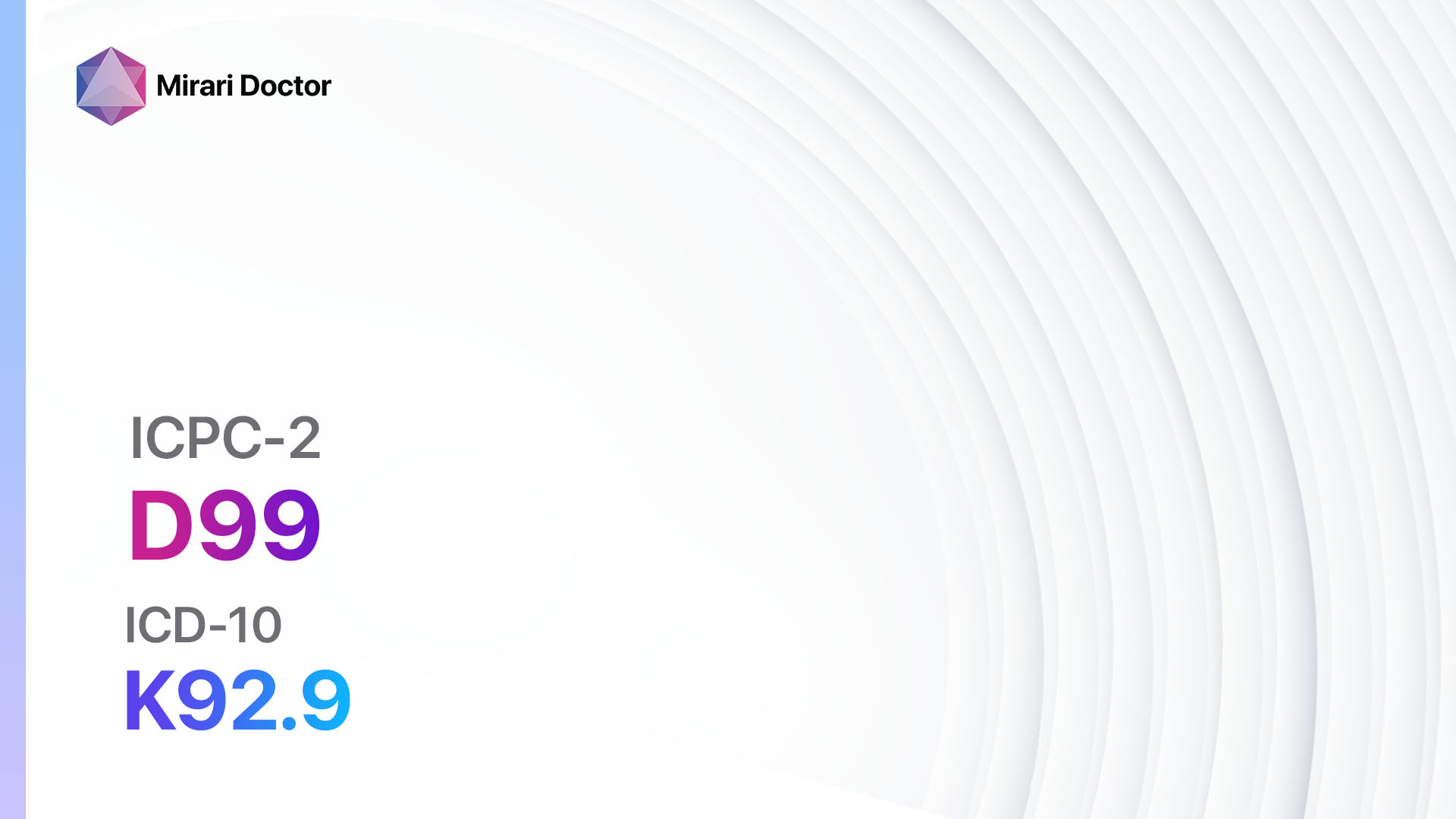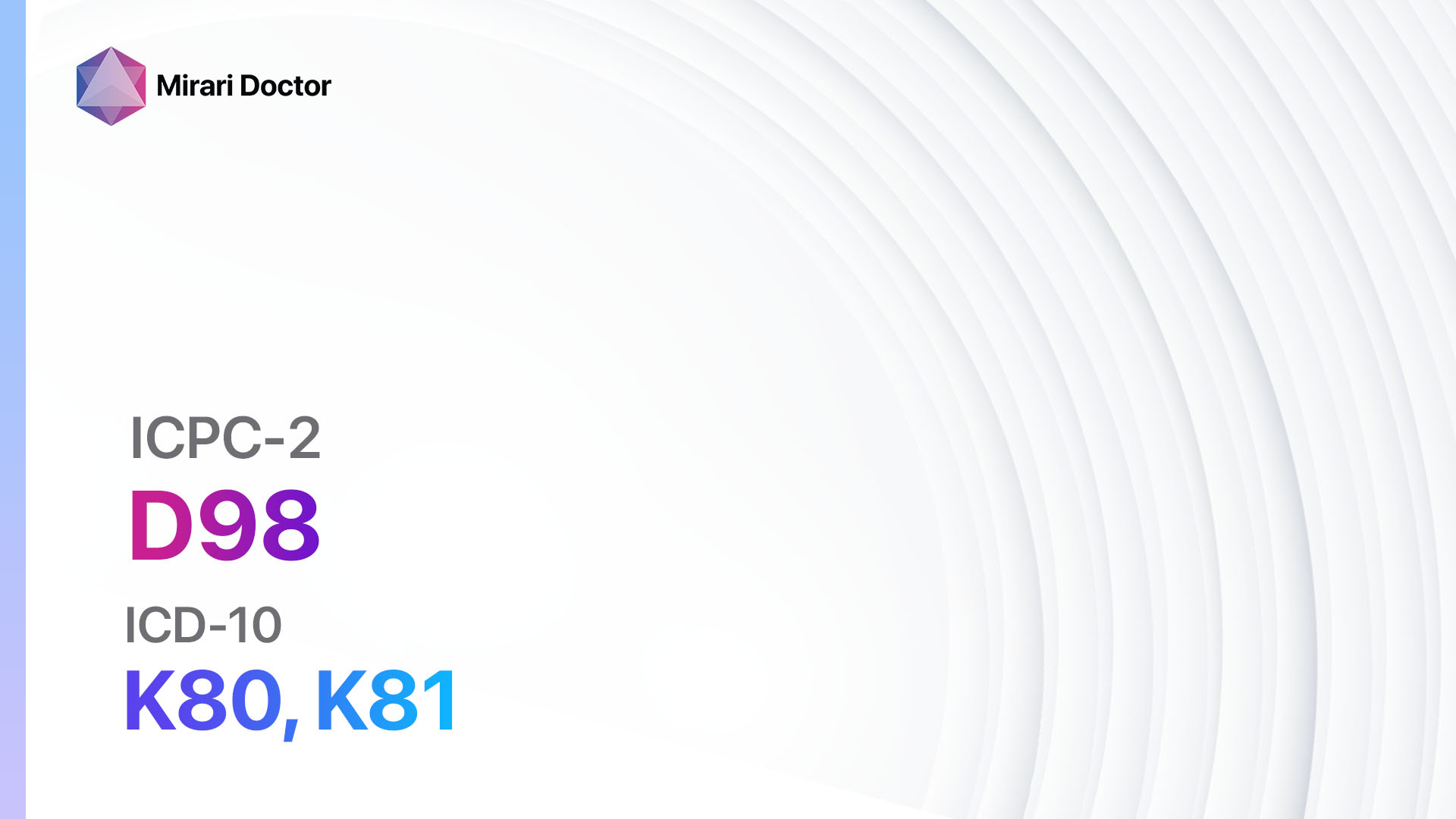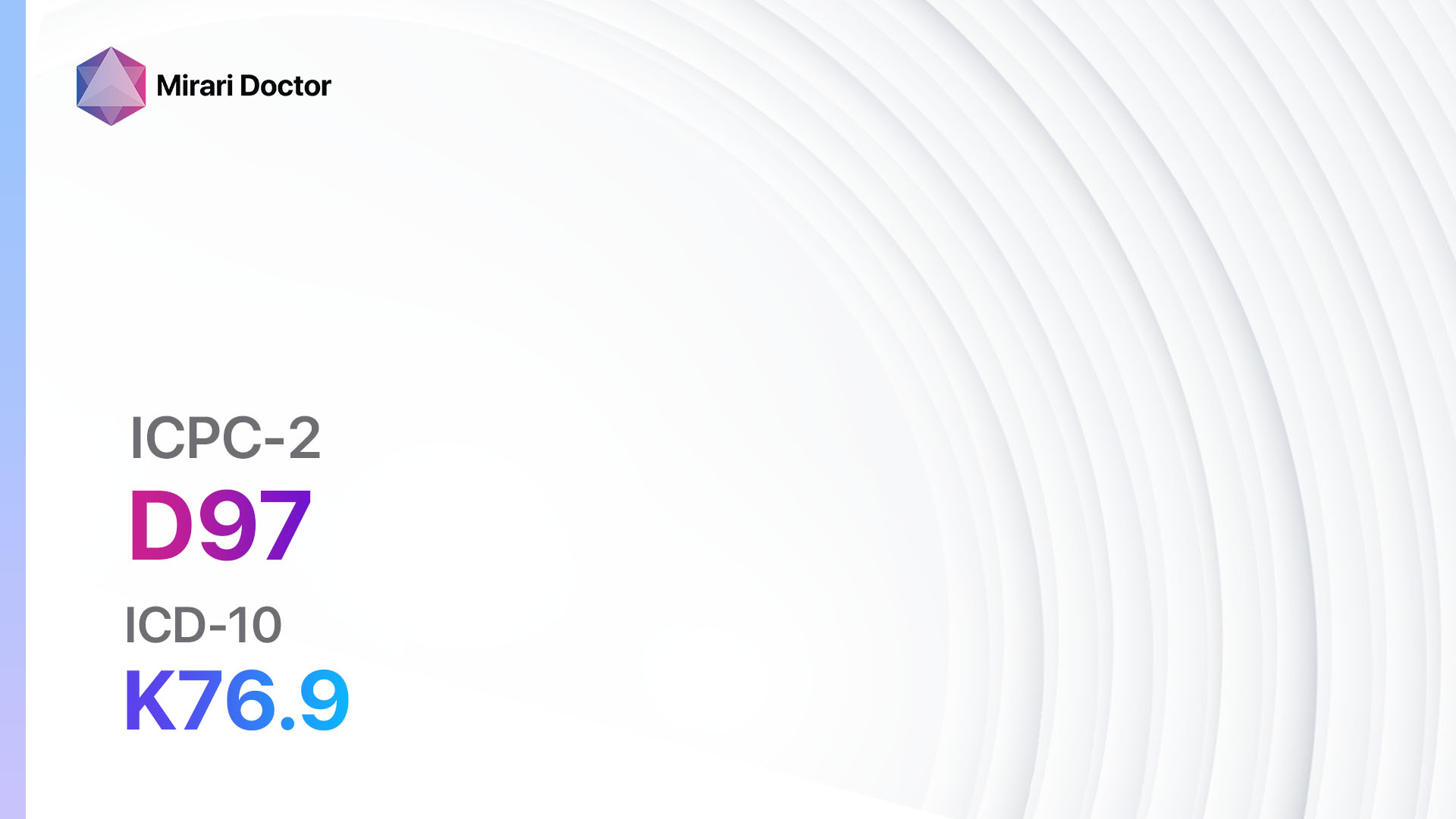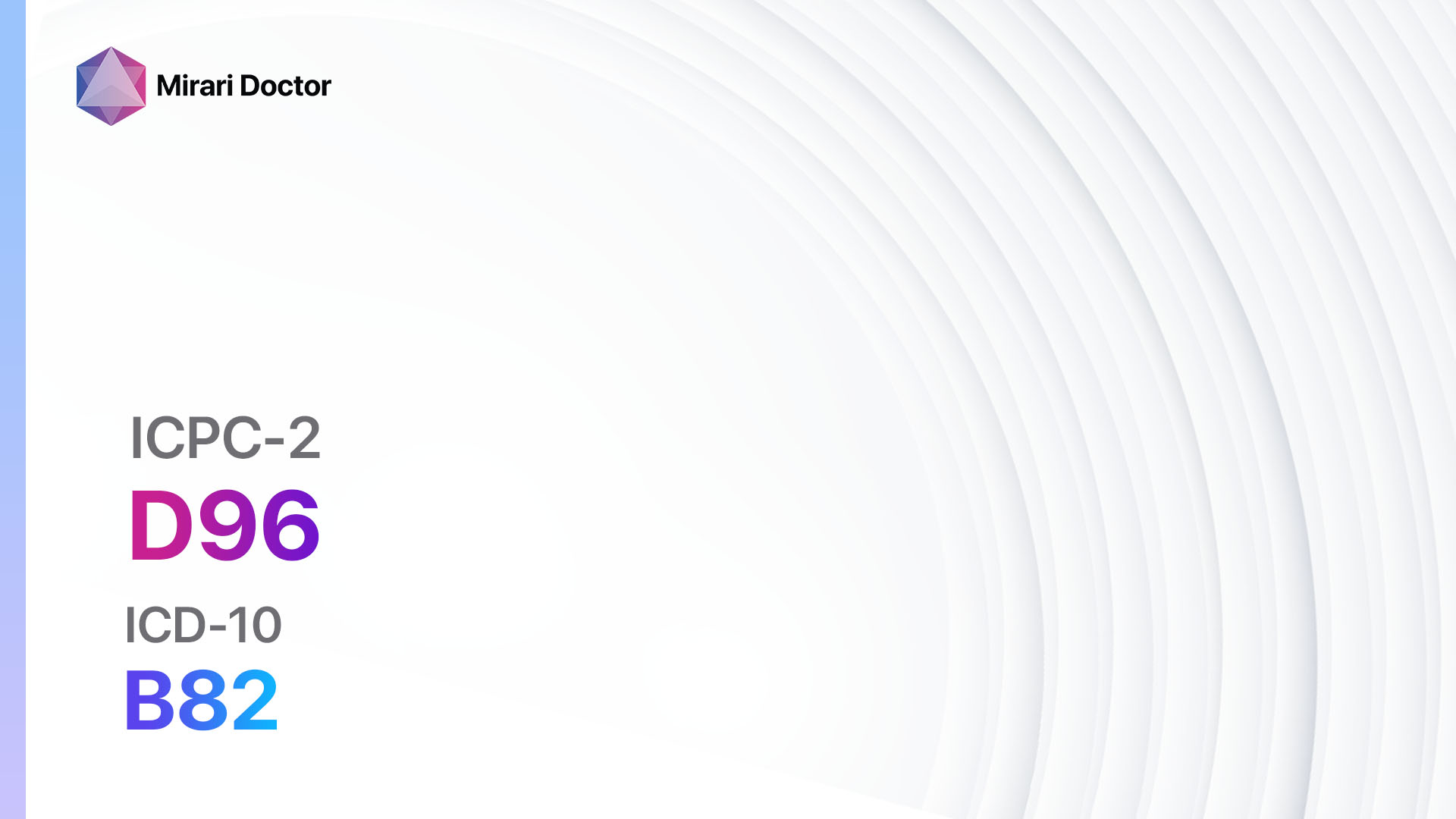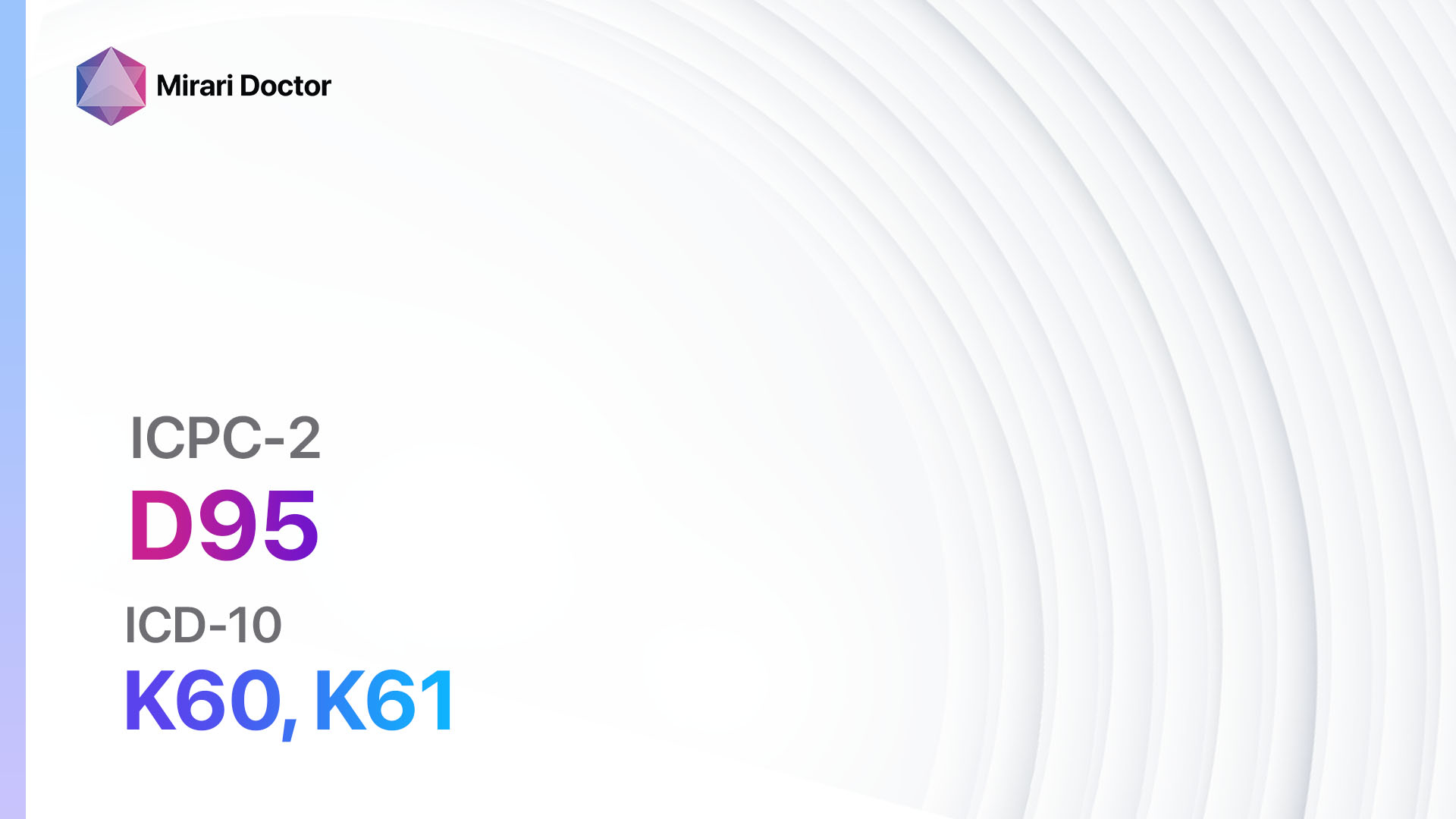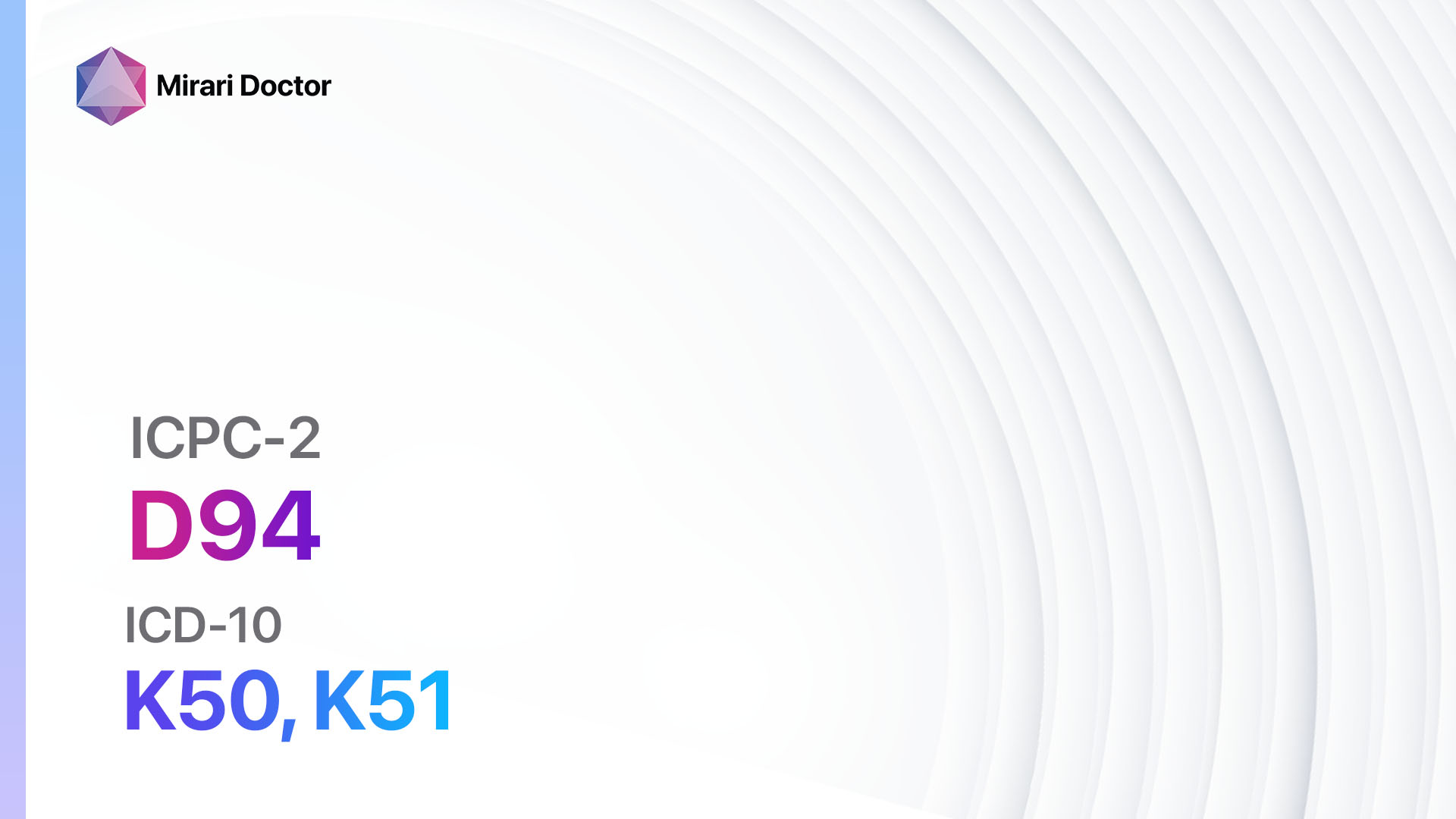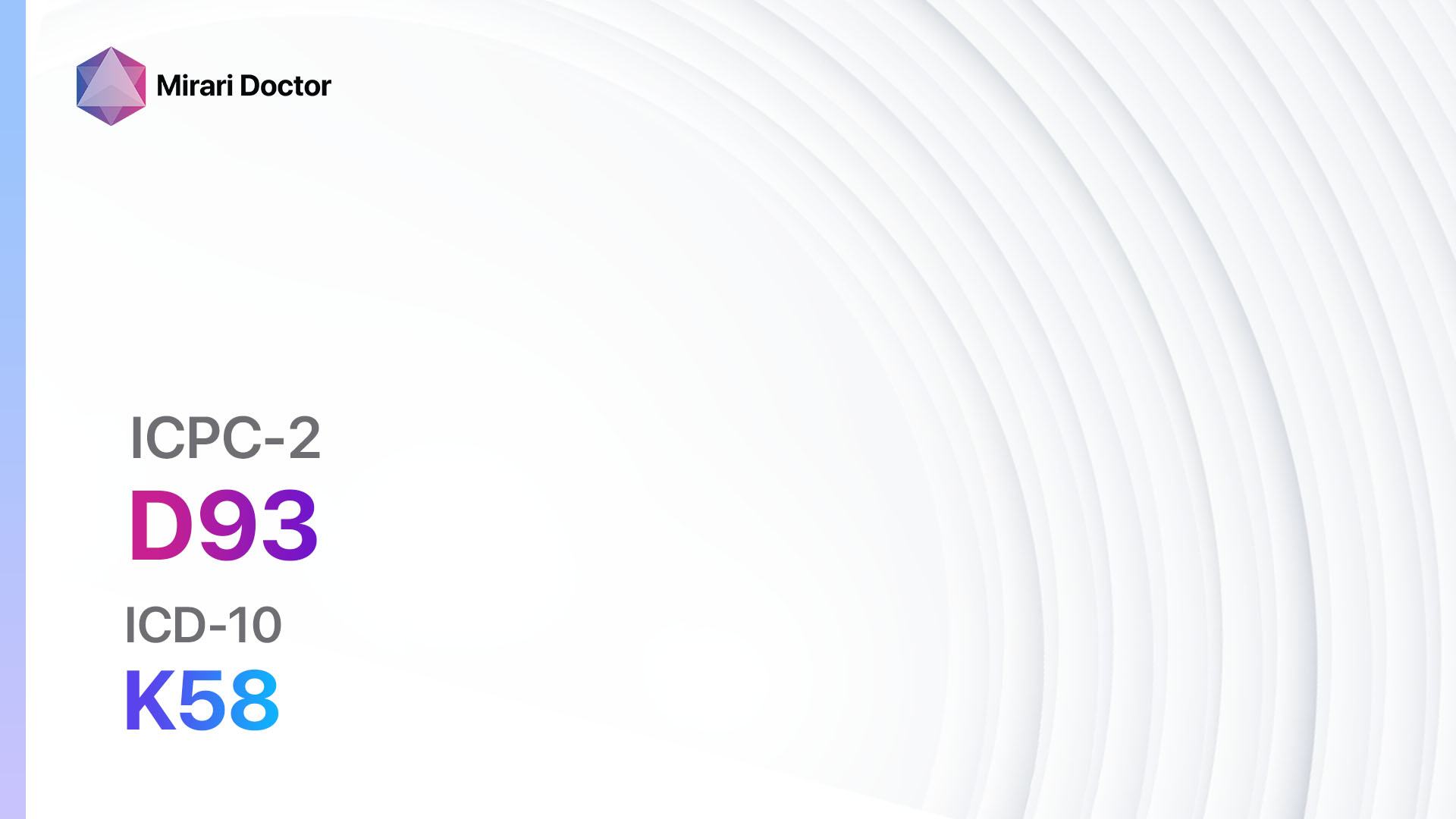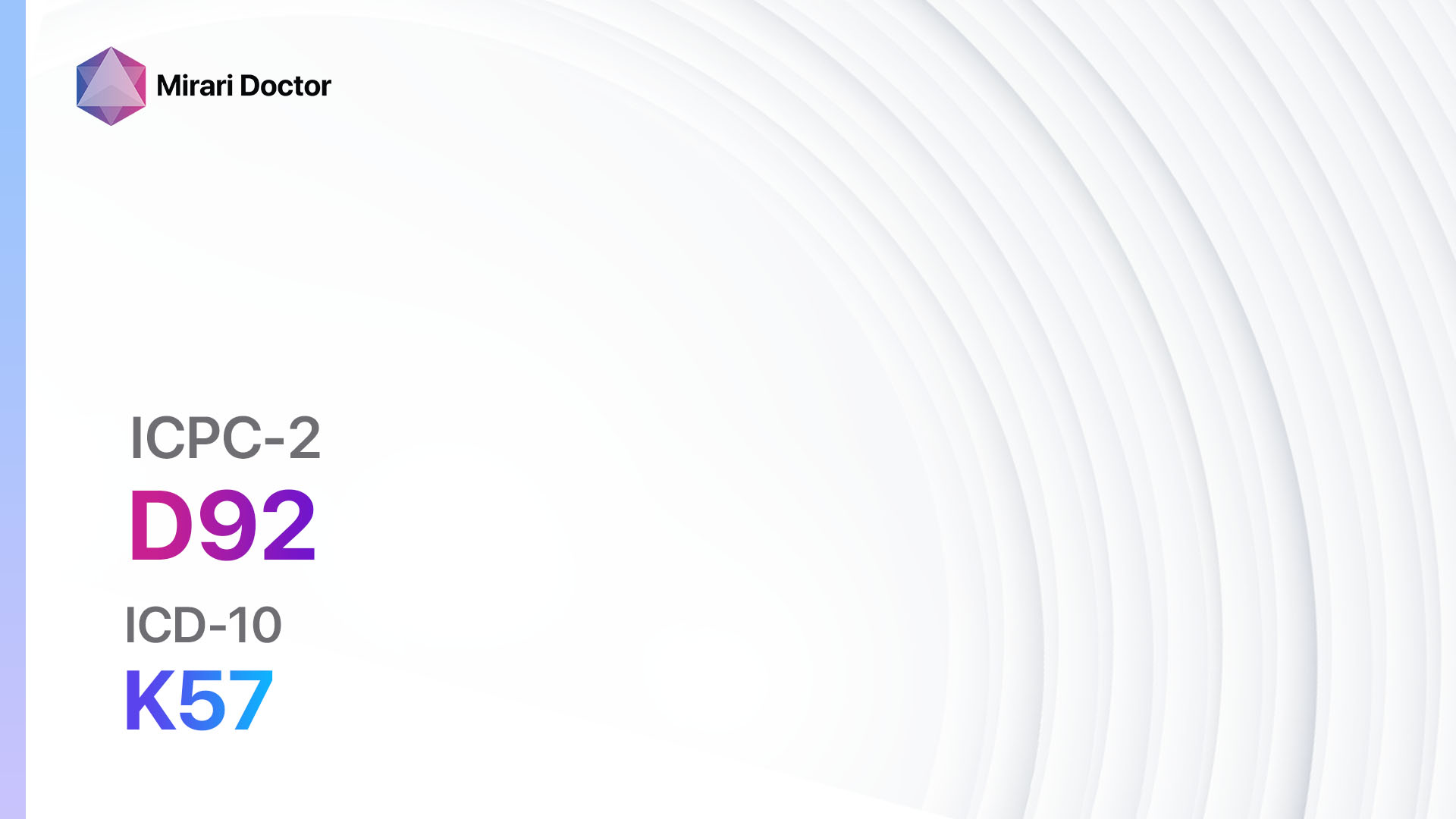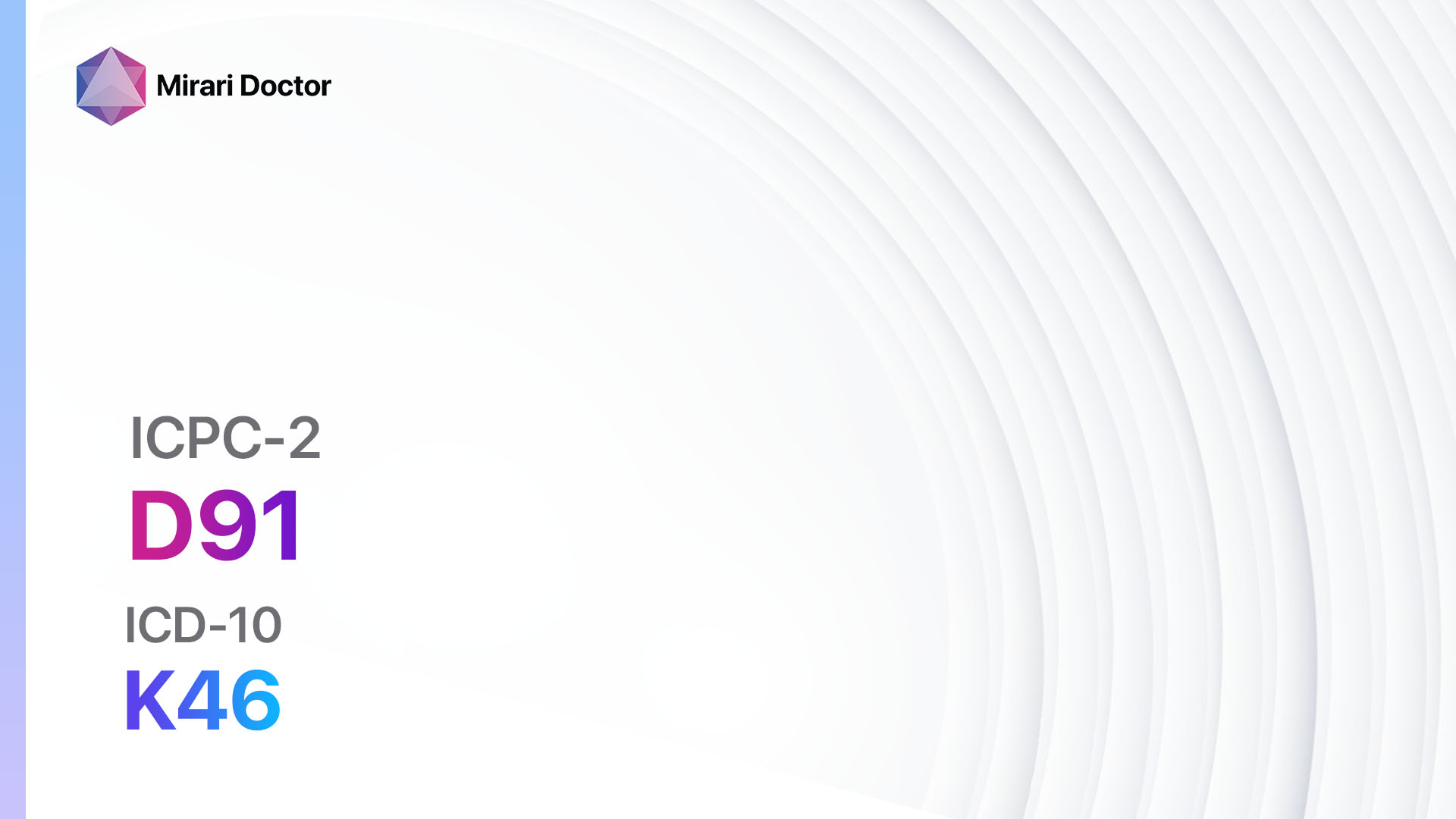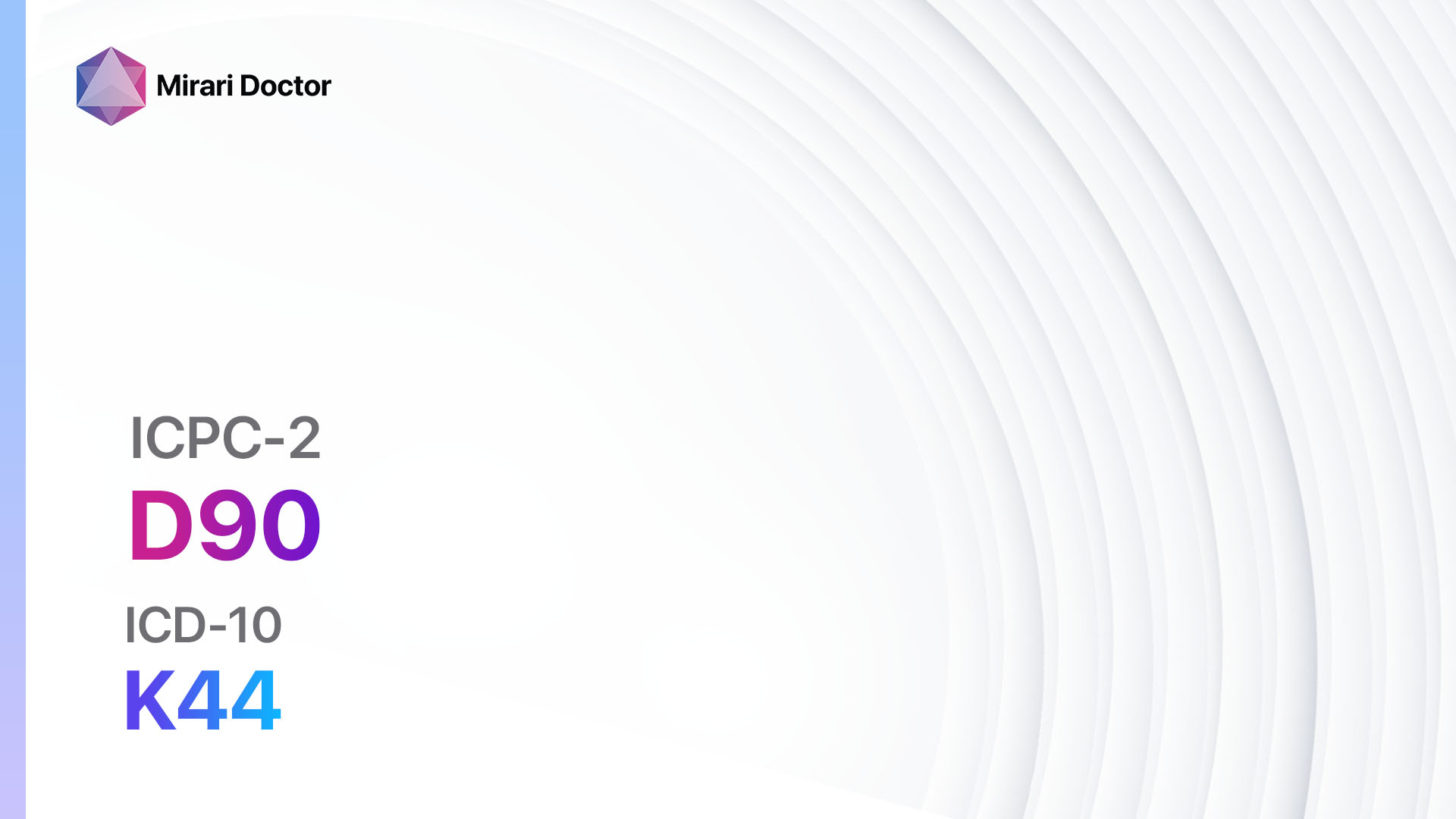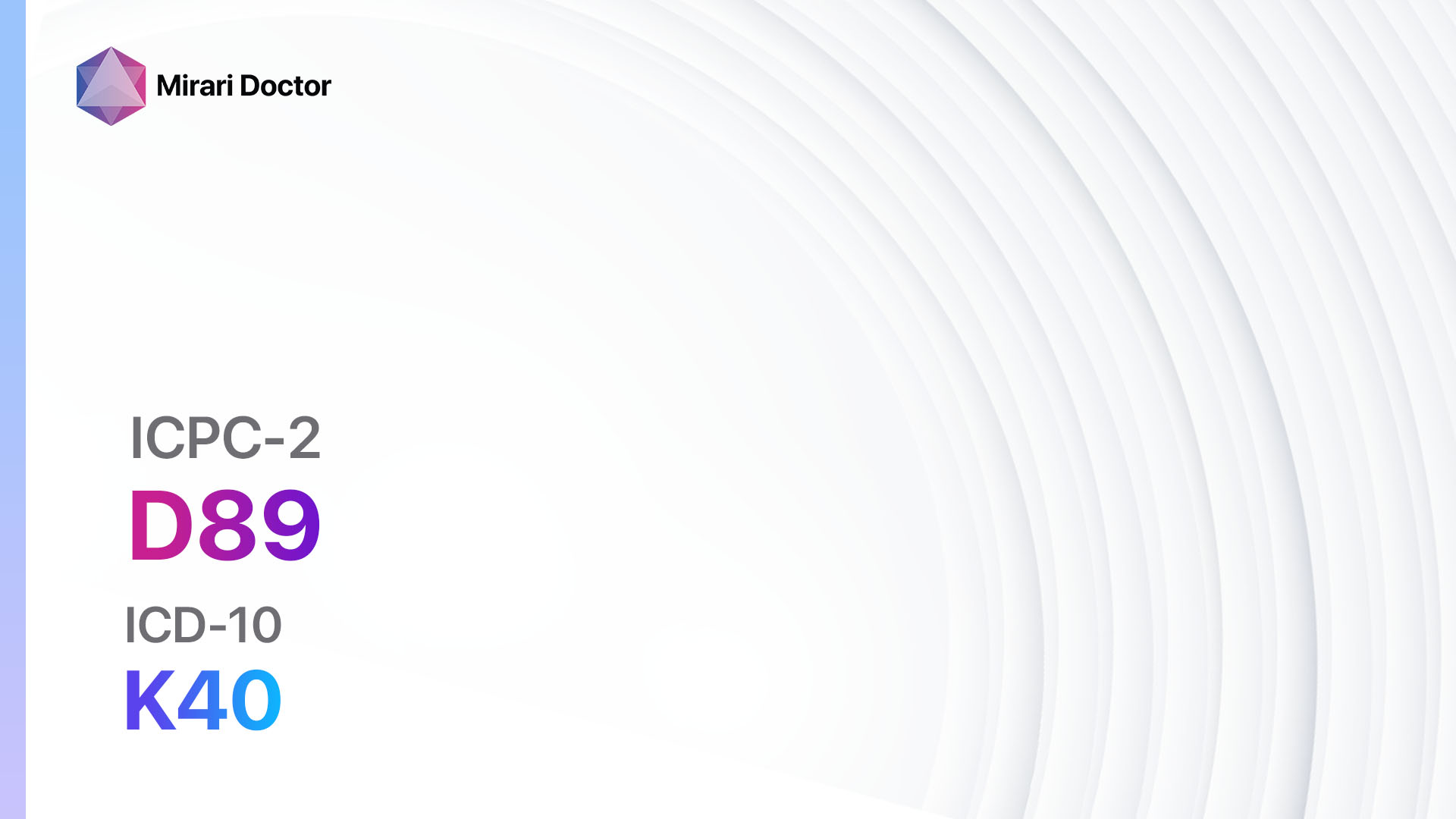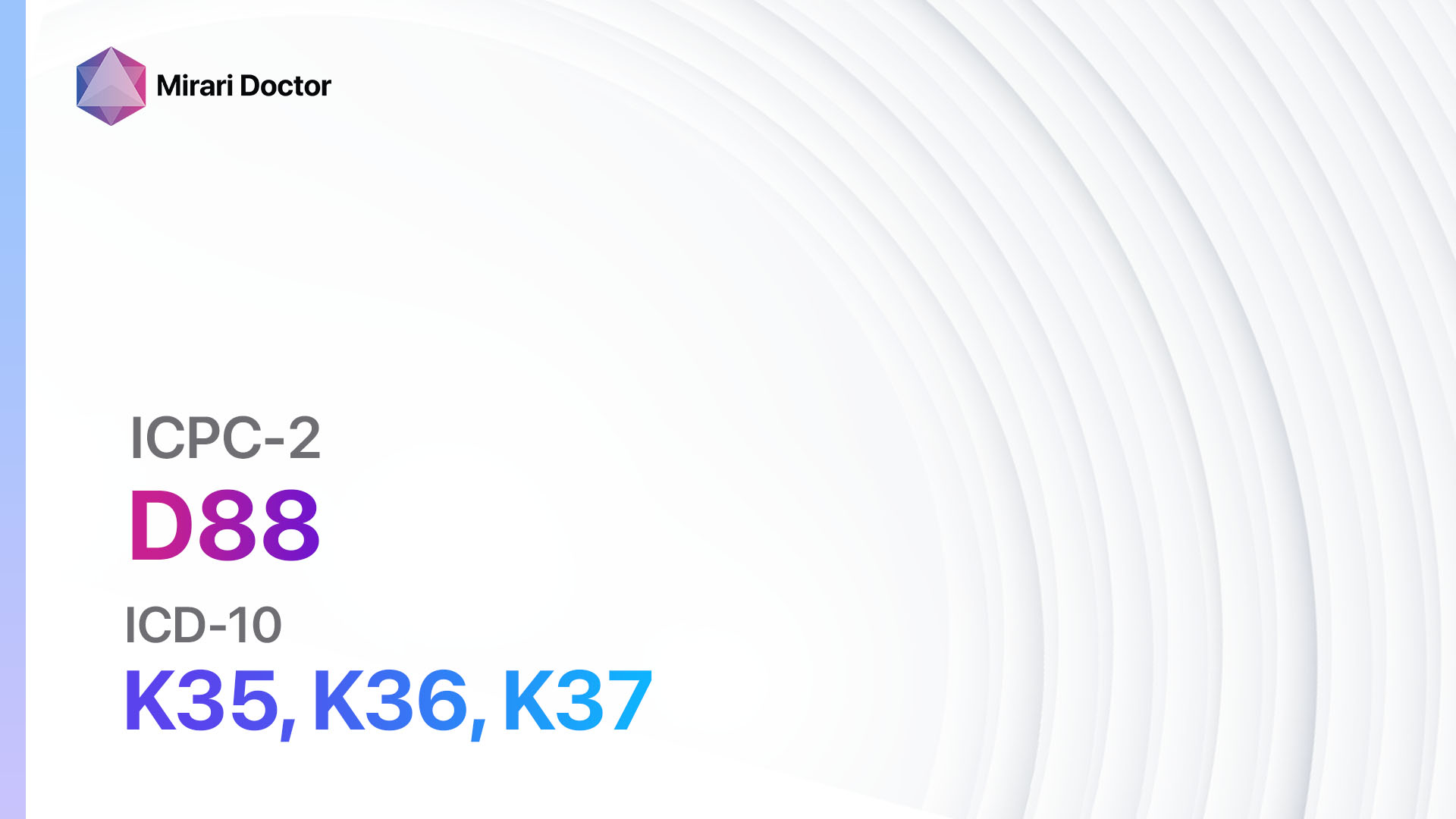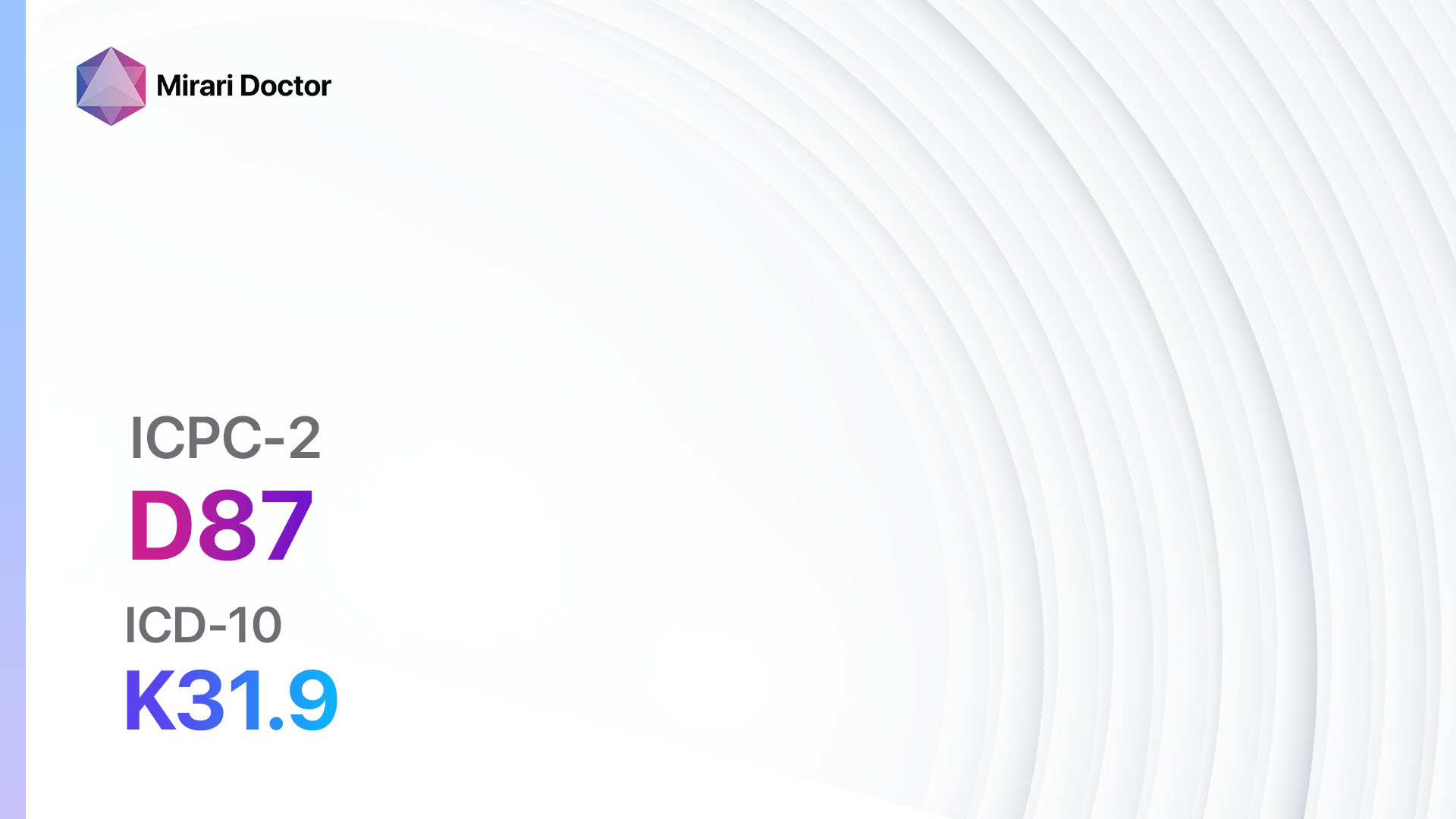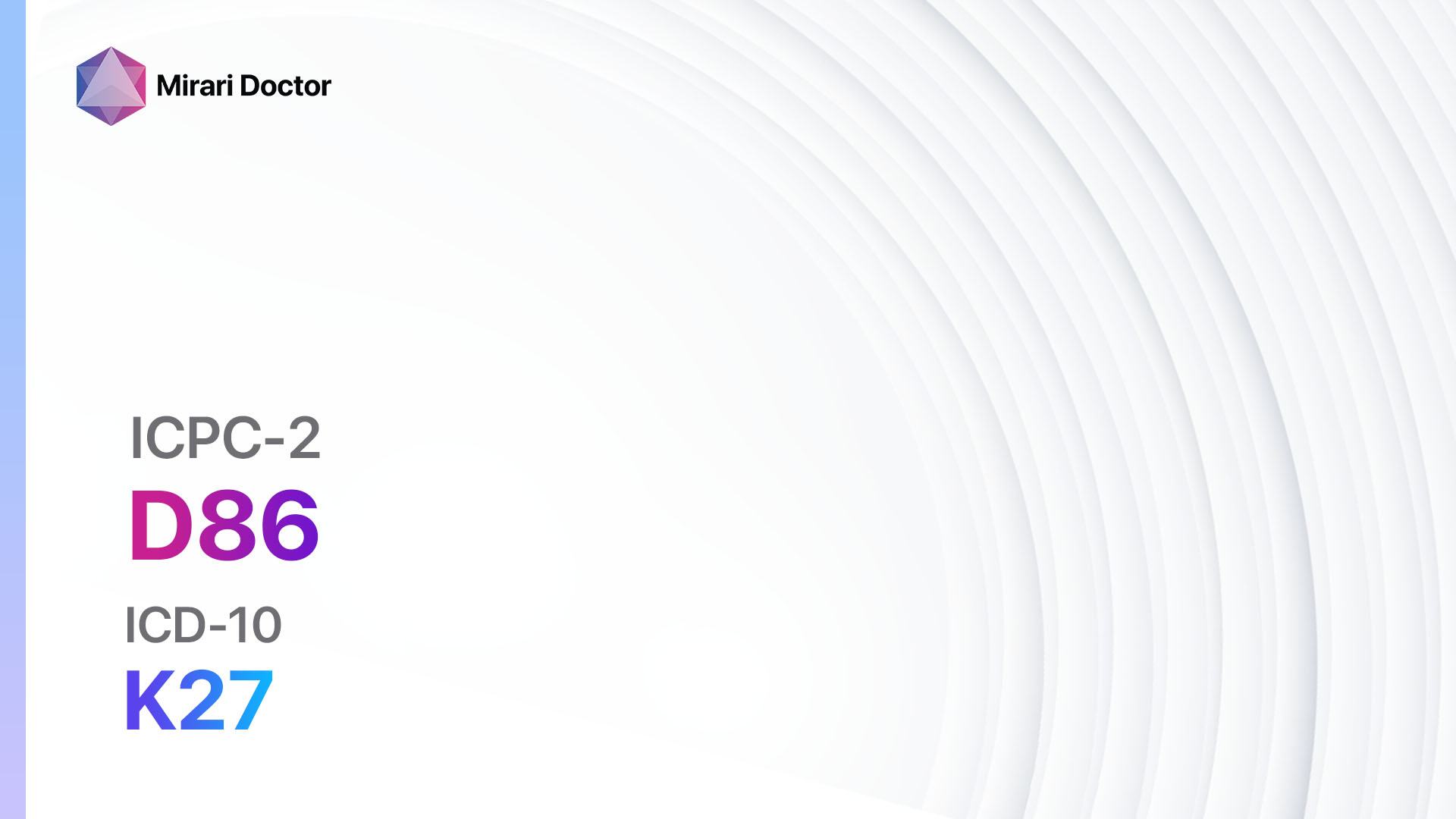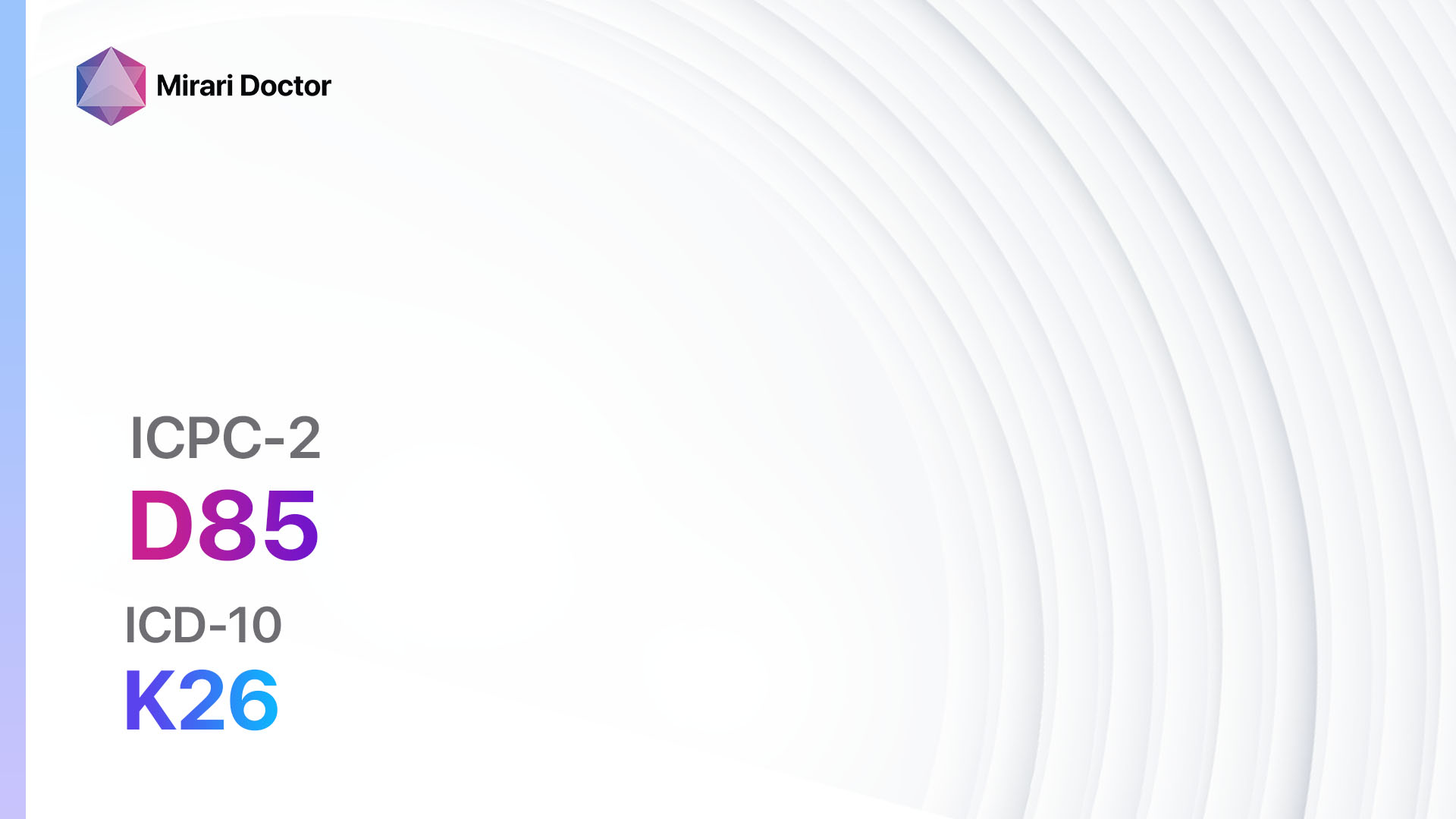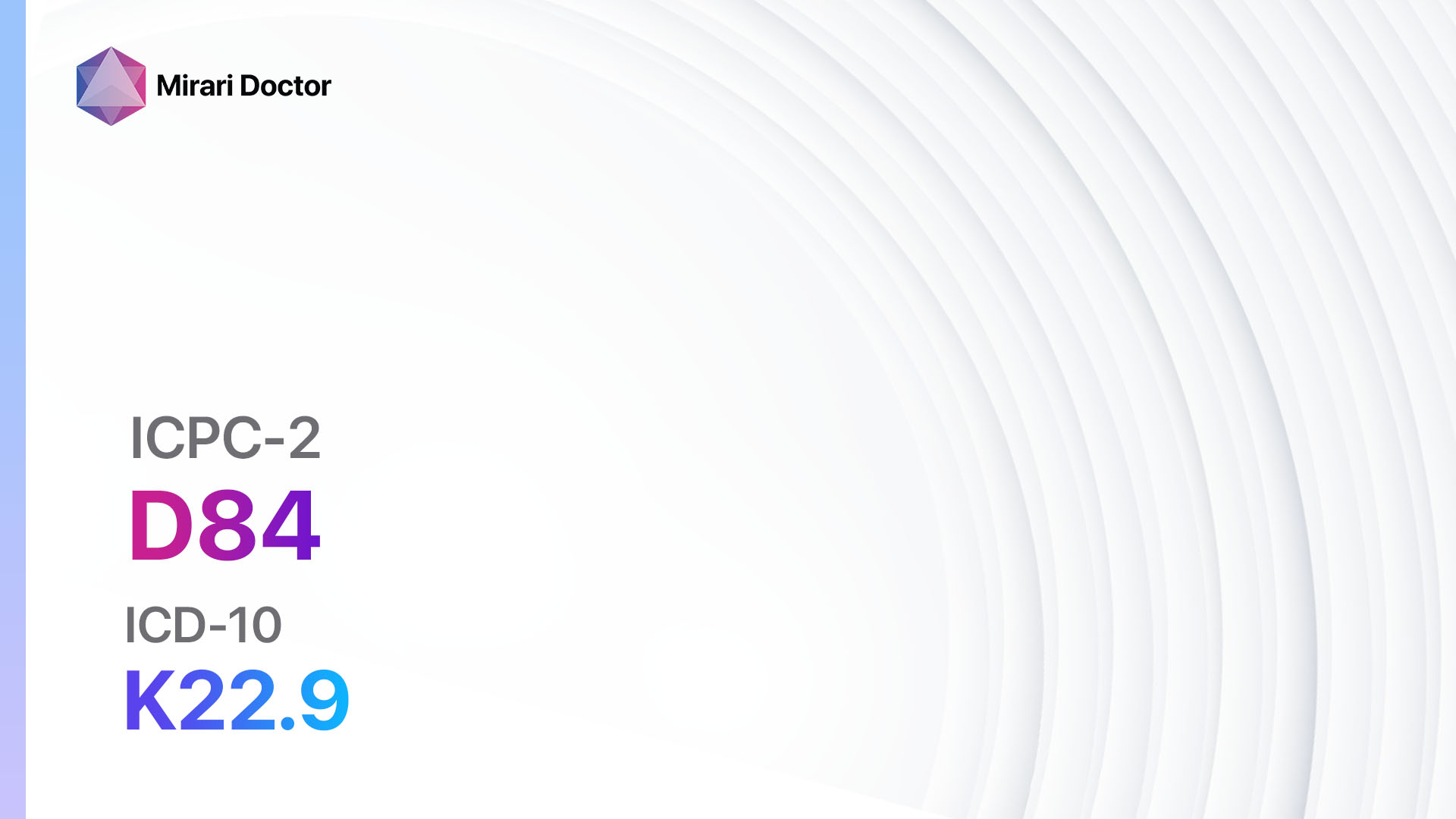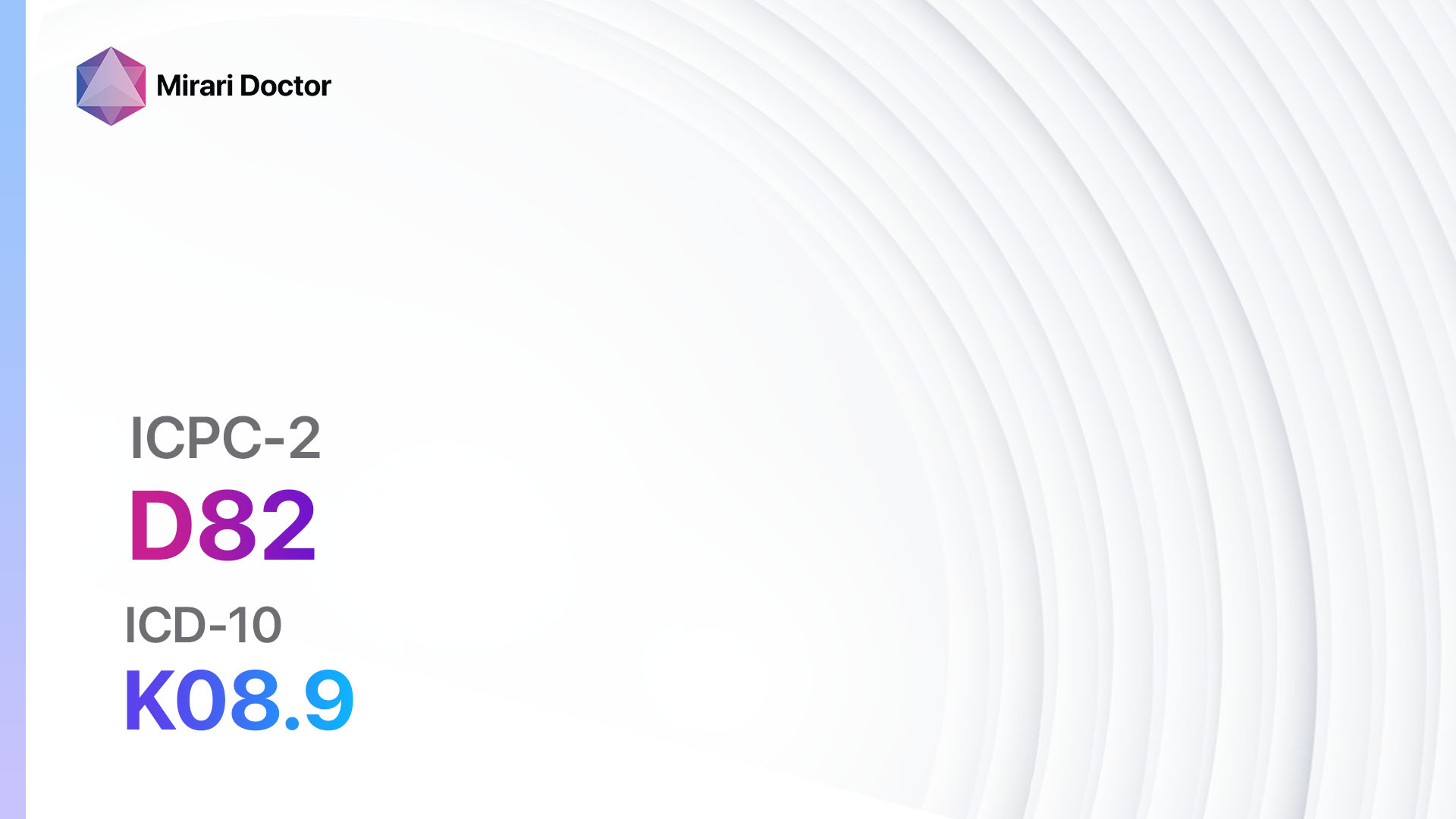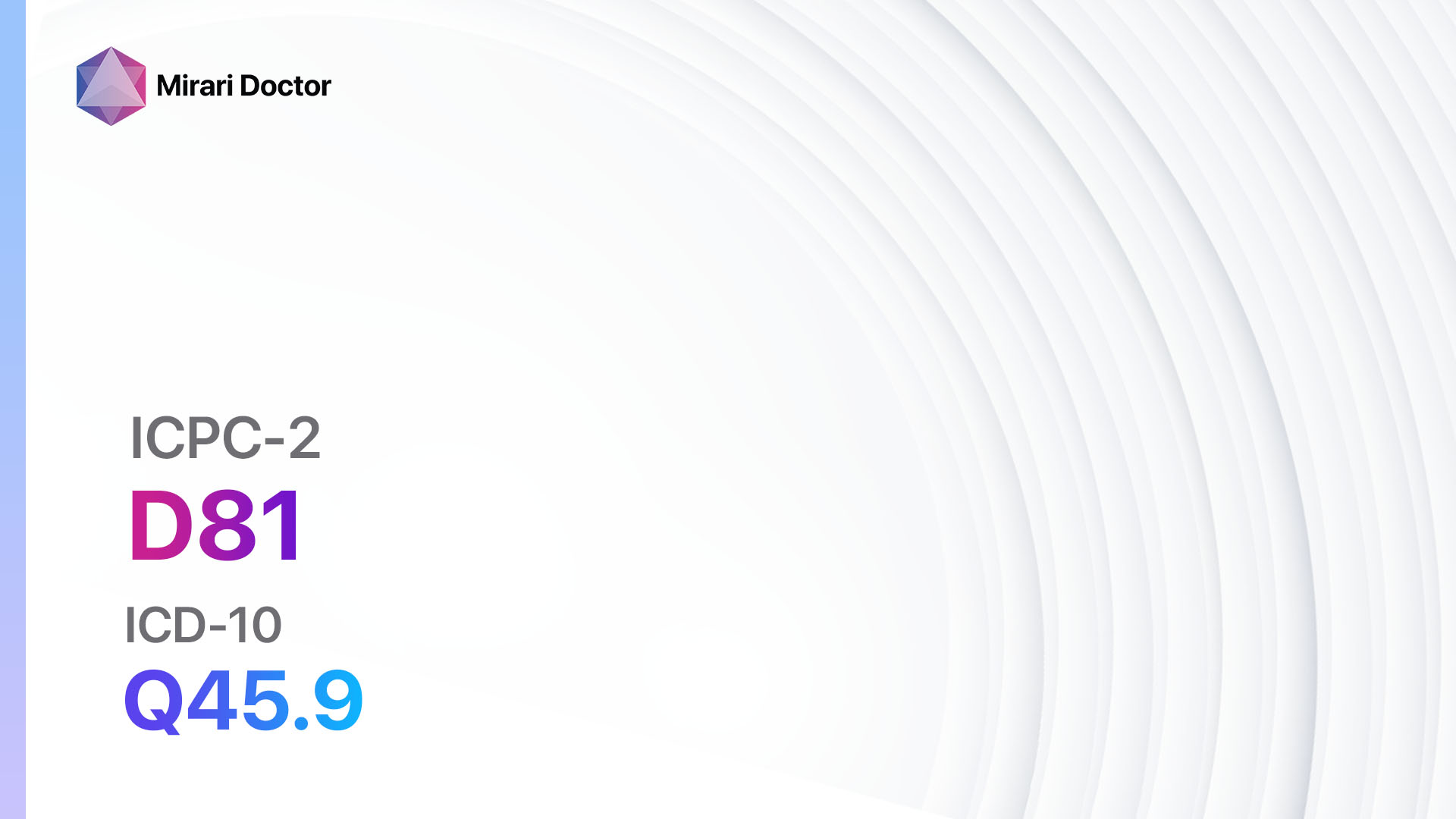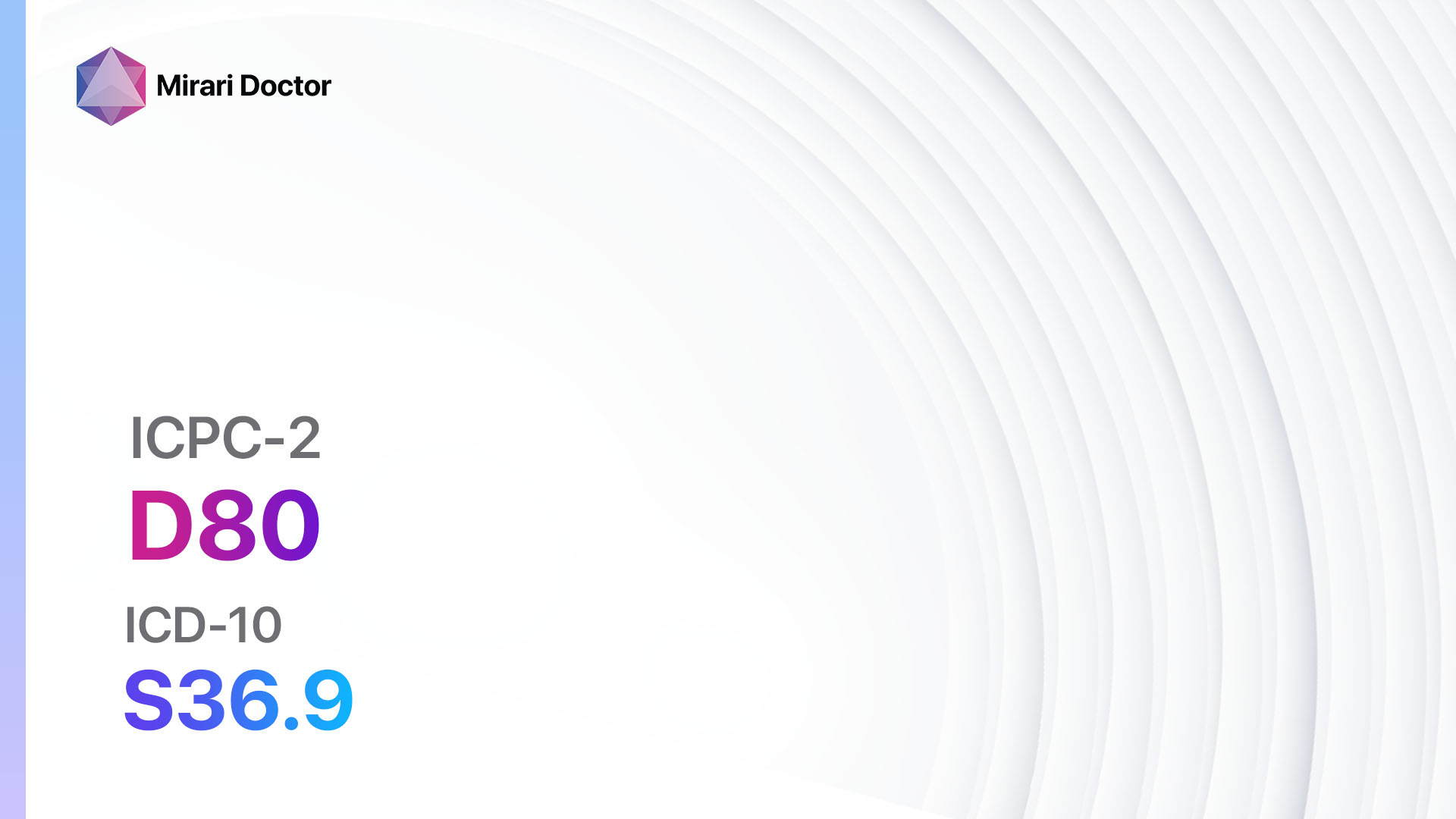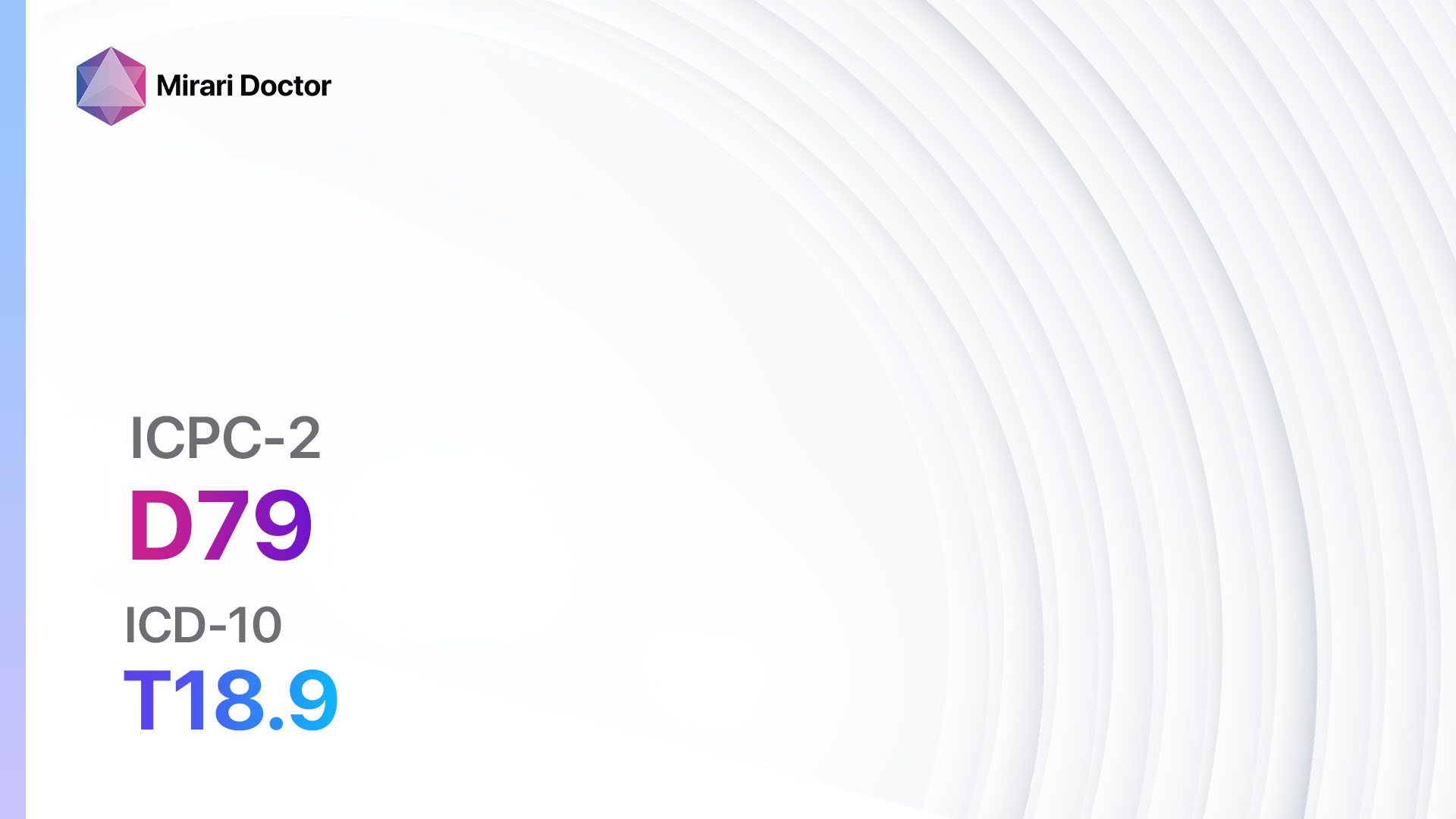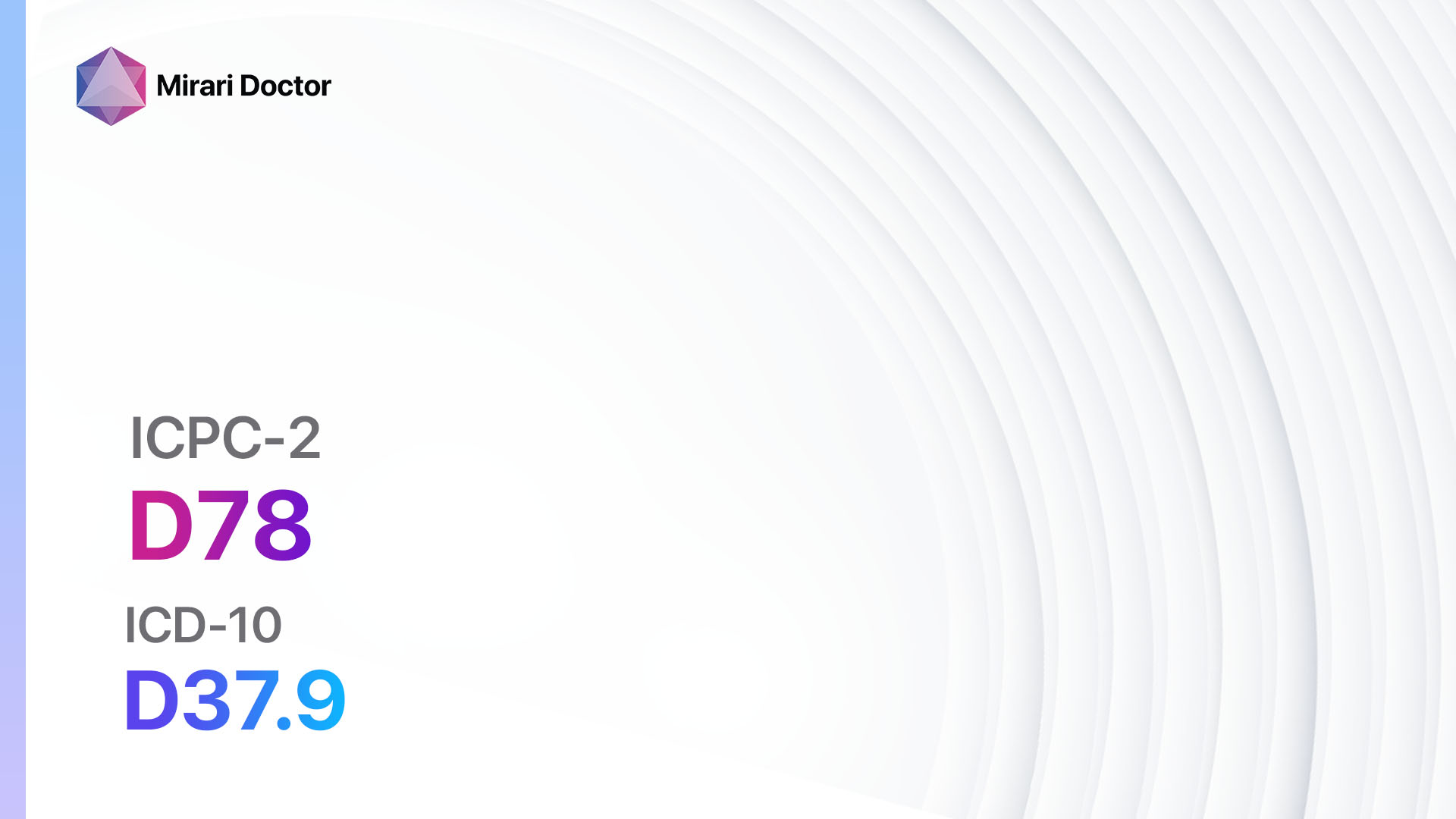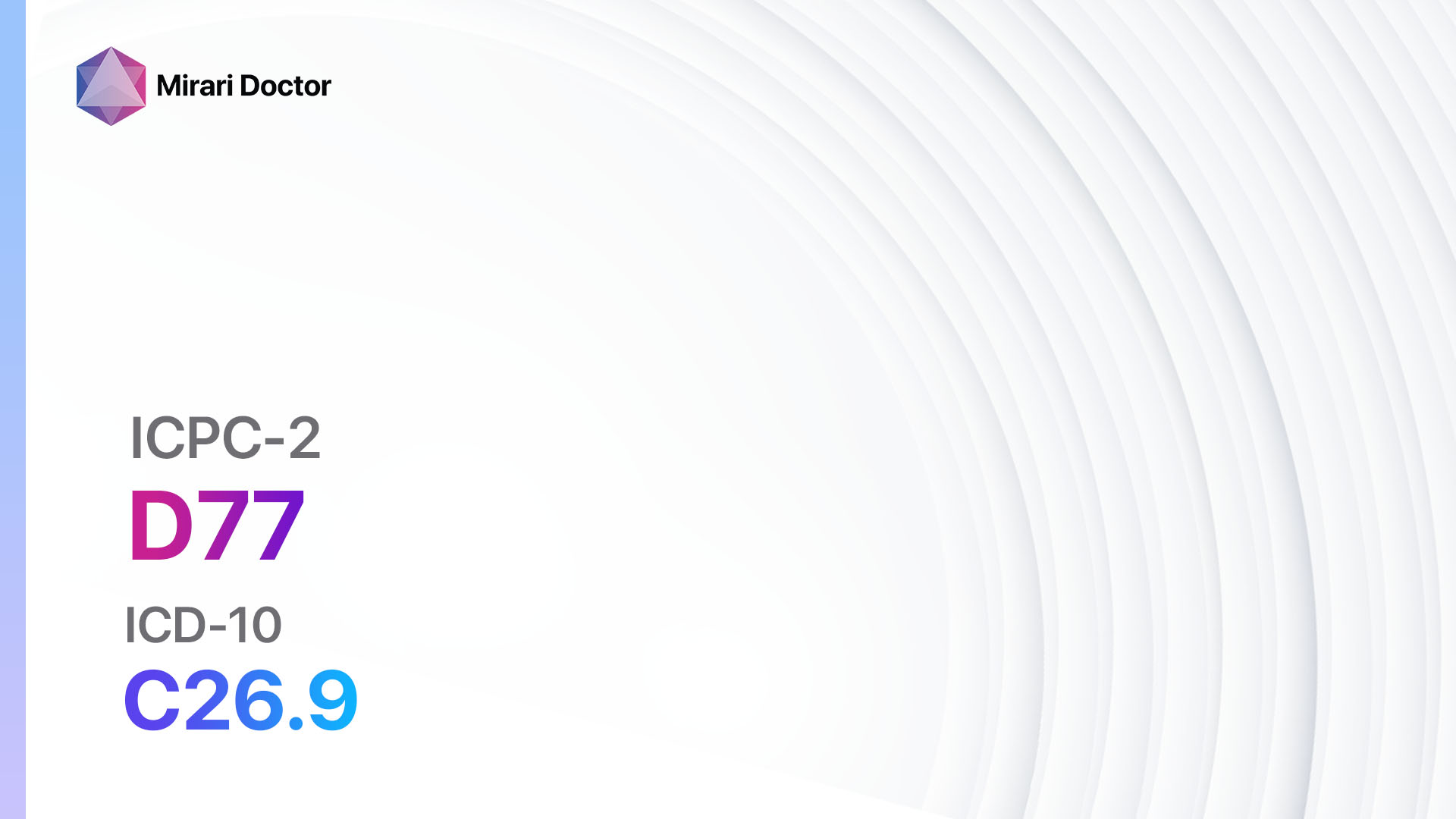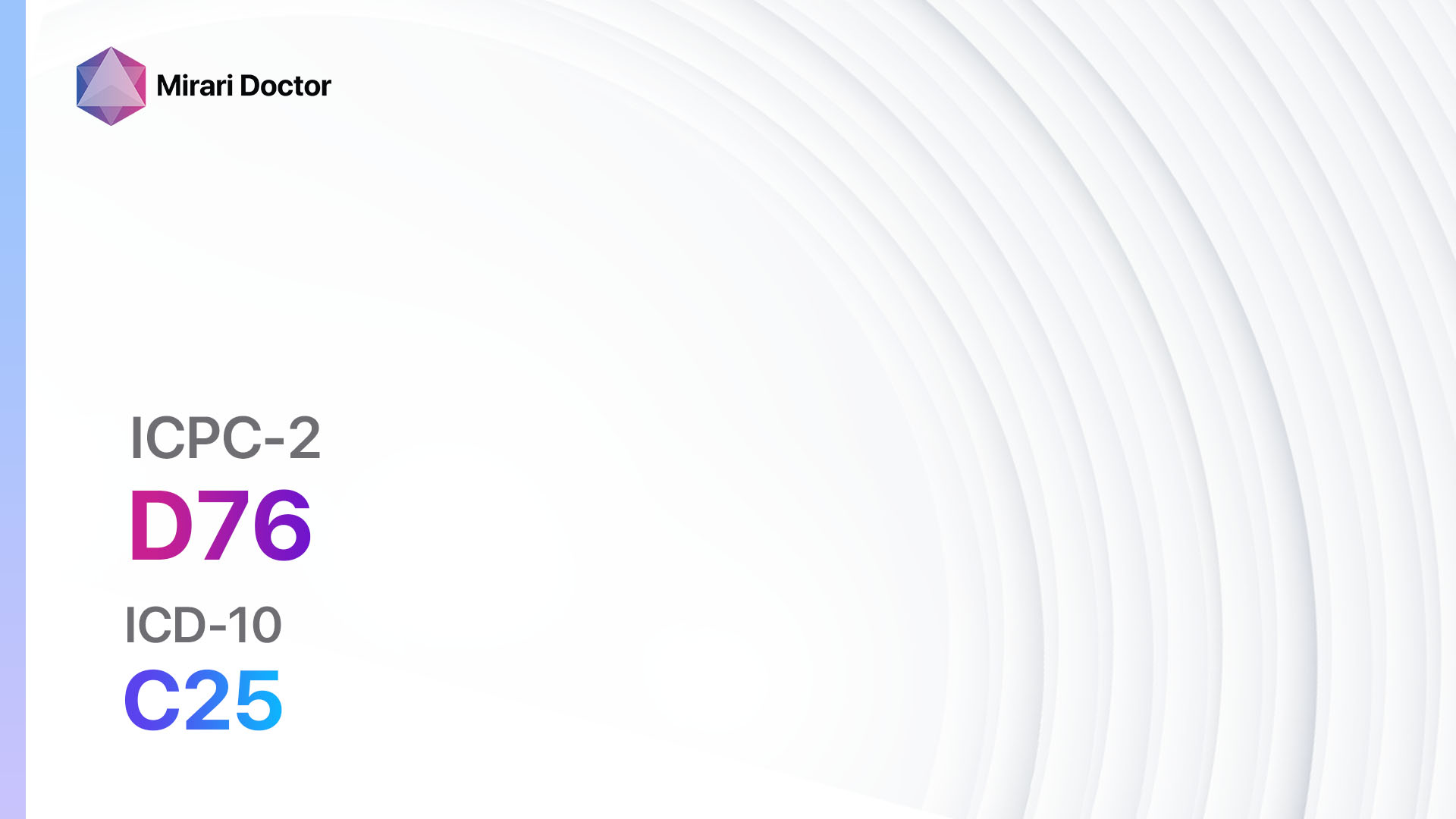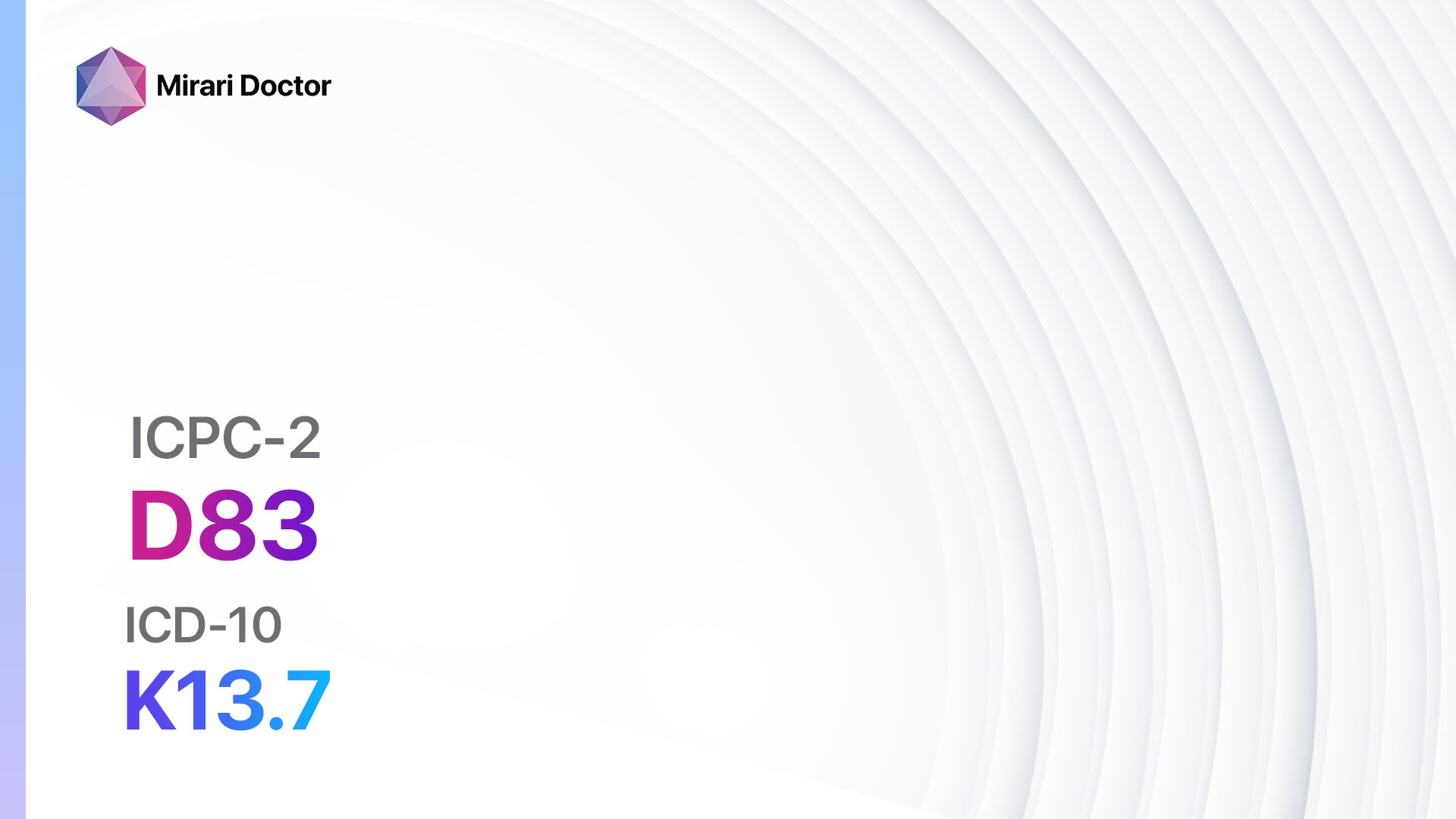
Introduction
Mouth/tongue/lip diseases refer to a group of conditions that affect the oral cavity, tongue, and lips. These diseases can cause discomfort, pain, and cosmetic concerns.[1]The aim of this guide is to provide an overview of the symptoms, causes, diagnostic steps, possible interventions, and lifestyle interventions for mouth/tongue/lip diseases.
Codes
- ICPC-2 Code: D83 Mouth/tongue/lip disease[2]
- ICD-10 Code: K13.7 Other and unspecified lesions of oral mucosa[3]
Symptoms
- Swelling and redness: Inflammation and swelling of the mouth, tongue, or lips.[4]
- Pain or discomfort: Sensations of pain, burning, or discomfort in the affected area.[5]
- Sores or ulcers: Development of open sores or ulcers that may be painful or tender.[6]
- Changes in texture or color: Abnormalities in the texture or color of the mouth, tongue, or lips.[7]
- Difficulty speaking or swallowing: Impaired ability to speak or swallow due to pain or swelling.[8]
- Dryness or excessive salivation: Abnormal dryness or excessive salivation in the mouth.[9]
- Bleeding or discharge: Presence of bleeding or discharge from the mouth, tongue, or lips.[10]
Causes
- Infections: Bacterial, viral, or fungal infections can cause mouth/tongue/lip diseases.
- Trauma: Injuries or trauma to the mouth, tongue, or lips can lead to the development of diseases.
- Allergic reactions: Allergic reactions to certain foods, medications, or oral care products can cause mouth/tongue/lip diseases.
- Autoimmune disorders: Conditions such as oral lichen planus or pemphigus vulgaris can result in mouth/tongue/lip diseases.
- Nutritional deficiencies: Deficiencies in certain vitamins or minerals can contribute to the development of mouth/tongue/lip diseases.
- Hormonal changes: Hormonal changes during pregnancy or menopause can lead to oral health issues.
Diagnostic Steps
Medical History
- Gather information about the patient’s medical history, including any previous oral health issues, allergies, or autoimmune disorders.
- Identify any risk factors, such as tobacco or alcohol use, poor oral hygiene, or a family history of oral diseases.
- Assess the patient’s current symptoms, including the duration, severity, and any triggers or exacerbating factors.
Physical Examination
- Perform a thorough examination of the mouth, tongue, and lips, looking for any abnormalities in color, texture, or structure.
- Palpate the affected areas to assess for tenderness, swelling, or masses.
- Check for any signs of infection, such as redness, pus, or foul odor.
- Evaluate the patient’s overall oral hygiene and dental health.
Laboratory Tests
- Complete blood count (CBC): To assess for any signs of infection or inflammation.
- Oral swab culture: To identify the presence of specific bacteria, viruses, or fungi.
- Biopsy: In cases where a definitive diagnosis cannot be made based on clinical examination, a biopsy may be necessary to evaluate the tissue under a microscope.
Diagnostic Imaging
- X-rays: To assess the underlying bone structure and detect any abnormalities or fractures.
- CT scan or MRI: To obtain detailed images of the mouth, tongue, or lips, especially in cases where there is suspicion of tumors or other structural abnormalities.
Other Tests
- Allergy testing: In cases where an allergic reaction is suspected, allergy testing may be performed to identify specific triggers.
- Patch testing: To identify any contact allergens that may be causing the mouth/tongue/lip disease.
- Salivary flow rate measurement: To assess the quantity and quality of saliva production.
Follow-up and Patient Education
- Schedule follow-up appointments to monitor the progress of the disease and adjust treatment as necessary.
- Provide education to the patient regarding proper oral hygiene practices, including brushing, flossing, and regular dental check-ups.
- Discuss lifestyle modifications, such as avoiding tobacco and alcohol, maintaining a balanced diet, and managing stress.
Possible Interventions
Traditional Interventions
Medications:
Top 5 drugs for Mouth/tongue/lip disease:
- Topical corticosteroids (e.g., Triamcinolone acetonide, Fluocinonide):
- Cost: $10-$50 per tube.
- Contraindications: Hypersensitivity to corticosteroids, active infection.
- Side effects: Skin thinning, burning or stinging sensation.
- Severe side effects: Adrenal suppression, allergic reactions.
- Drug interactions: None reported.
- Warning: Prolonged use may lead to systemic absorption and adverse effects.
- Antifungal medications (e.g., Nystatin, Fluconazole):
- Cost: $10-$50 per course of treatment.
- Contraindications: Hypersensitivity to antifungal agents.
- Side effects: Nausea, vomiting, diarrhea.
- Severe side effects: Liver toxicity, allergic reactions.
- Drug interactions: Certain medications may interact with antifungal agents.
- Warning: Complete the full course of treatment to prevent recurrence.
- Antiviral medications (e.g., Acyclovir, Valacyclovir):
- Cost: $10-$50 per course of treatment.
- Contraindications: Hypersensitivity to antiviral agents.
- Side effects: Nausea, headache, dizziness.
- Severe side effects: Kidney damage, allergic reactions.
- Drug interactions: Certain medications may interact with antiviral agents.
- Warning: Start treatment as early as possible for maximum effectiveness.
- Antibiotics (e.g., Amoxicillin, Clindamycin):
- Cost: $10-$50 per course of treatment.
- Contraindications: Hypersensitivity to antibiotics.
- Side effects: Nausea, diarrhea, allergic reactions.
- Severe side effects: Severe allergic reactions, Clostridium difficile infection.
- Drug interactions: Certain medications may interact with antibiotics.
- Warning: Complete the full course of treatment to prevent antibiotic resistance.
- Immunosuppressants (e.g., Cyclosporine, Tacrolimus):
- Cost: $50-$200 per month.
- Contraindications: Hypersensitivity to immunosuppressants, active infection.
- Side effects: Increased risk of infections, high blood pressure.
- Severe side effects: Kidney damage, liver toxicity.
- Drug interactions: Numerous drug interactions, including other immunosuppressants.
- Warning: Regular monitoring of blood counts and organ function is required.
Alternative Drugs:
- Mouth rinses (e.g., Chlorhexidine, Hydrogen peroxide): Used to reduce bacteria and promote healing.
- Antihistamines (e.g., Loratadine, Cetirizine): May help relieve symptoms associated with allergic reactions.
- Pain relievers (e.g., Acetaminophen, Ibuprofen): Can provide temporary relief from pain and discomfort.
- Oral moisturizers (e.g., Saliva substitutes, Lip balms): Used to alleviate dryness and promote comfort.
- Antacids (e.g., Calcium carbonate, Aluminum hydroxide): May be recommended for patients with acid reflux or GERD.
Surgical Procedures:
- Surgical excision: In cases where there are tumors or growths that do not respond to medication, surgical excision may be necessary.
- Laser therapy: Laser treatment can be used to remove or reshape abnormal tissue in the mouth, tongue, or lips.
- Biopsy: A biopsy may be performed to obtain a tissue sample for further evaluation and diagnosis.
Alternative Interventions
- Acupuncture: May help reduce pain and inflammation in the mouth, tongue, or lips. Cost: $60-$120 per session.
- Herbal remedies: Certain herbs, such as aloe vera or chamomile, may have soothing and healing properties. Cost: Varies depending on the specific herb or product.
- Homeopathic remedies: Homeopathic treatments, such as arnica or calendula, may be used to alleviate symptoms. Cost: Varies depending on the specific remedy and brand.
- Nutritional supplements: Certain supplements, such as vitamin C or zinc, may support oral health and immune function. Cost: Varies depending on the specific supplement and brand.
- Mind-body techniques: Practices like meditation or yoga may help reduce stress and promote overall well-being. Cost: Varies depending on the specific practice and location.
Lifestyle Interventions
- Maintain good oral hygiene: Brush and floss regularly, and use mouthwash as recommended by a dentist.
- Avoid tobacco and alcohol: Both tobacco and alcohol can contribute to the development and progression of mouth/tongue/lip diseases.
- Eat a balanced diet: Include a variety of fruits, vegetables, whole grains, and lean proteins in your diet to support oral health.
- Stay hydrated: Drink plenty of water to keep the mouth moist and prevent dryness.
- Manage stress: Stress can worsen symptoms of mouth/tongue/lip diseases, so finding healthy ways to manage stress is important.
It is important to note that the cost ranges provided are approximate and may vary depending on the location and availability of the interventions.
Mirari Cold Plasma Alternative Intervention
Understanding Mirari Cold Plasma
- Safe and Non-Invasive Treatment: Mirari Cold Plasma is a safe and non-invasive treatment option for various skin conditions. It does not require incisions, minimizing the risk of scarring, bleeding, or tissue damage.
- Efficient Extraction of Foreign Bodies: Mirari Cold Plasma facilitates the removal of foreign bodies from the skin by degrading and dissociating organic matter, allowing easier access and extraction.
- Pain Reduction and Comfort: Mirari Cold Plasma has a local analgesic effect, providing pain relief during the treatment, making it more comfortable for the patient.
- Reduced Risk of Infection: Mirari Cold Plasma has antimicrobial properties, effectively killing bacteria and reducing the risk of infection.
- Accelerated Healing and Minimal Scarring: Mirari Cold Plasma stimulates wound healing and tissue regeneration, reducing healing time and minimizing the formation of scars.
Mirari Cold Plasma Prescription
Video instructions for using Mirari Cold Plasma Device – D83 Mouth/tongue/lip disease (ICD-10:K13.7)
| Mild | Moderate | Severe |
| Mode setting: 1 (Infection) Location: 0 (Localized) Morning: 15 minutes, Evening: 15 minutes | Mode setting: 1 (Infection) Location: 0 (Localized) Morning: 30 minutes, Lunch: 30 minutes, Evening: 30 minutes | Mode setting: 1 (Infection) Location: 0 (Localized) Morning: 30 minutes, Lunch: 30 minutes, Evening: 30 minutes |
| Mode setting: 2 (Wound Healing) Location: 0 (Localized) Morning: 15 minutes, Evening: 15 minutes | Mode setting: 2 (Wound Healing) Location: 0 (Localized) Morning: 30 minutes, Lunch: 30 minutes, Evening: 30 minutes | Mode setting: 2 (Wound Healing) Location: 0 (Localized) Morning: 30 minutes, Lunch: 30 minutes, Evening: 30 minutes |
| Modesetting:3 (Antiviral Therapy) Location:3 (Kidney, Liver & Spleen) Morning:15 minutes, Evening:15minutes | Modesetting:3 (Antiviral Therapy) Location:3 (Kidney, Liver & Spleen) Morning:30 minutes, Lunch:30 minutes, Evening:30 minutes | Modesetting:3 (Antiviral Therapy) Location:3 (Kidney, Liver & Spleen) Morning:30 minutes, Lunch:30 minutes, Evening:30 minutes |
| Total Morning: 45 minutes approx. $7.50 USD, Evening: 45 minutes approx. $7.50 USD | Total Morning: 90 minutes approx. $15 USD, Lunch: 90 minutes approx. $15 USD, Evening: 90 minutes approx. $15 USD, | Total Morning: 90 minutes approx. $15 USD, Lunch: 90 minutes approx. $15 USD, Evening: 90 minutes approx. $15 USD, |
| Usual treatment for 7-60 days approx. $105 USD – $900 USD | Usual treatment for 6-8 weeks approx. $1,890USD – $2,520 USD | Usual treatment for 3-6 months approx. $4,050 USD – $8,100 USD |
 |
|
Use the Mirari Cold Plasma device to treat Mouth/tongue/lip disease effectively.
WARNING: MIRARI COLD PLASMA IS DESIGNED FOR THE HUMAN BODY WITHOUT ANY ARTIFICIAL OR THIRD PARTY PRODUCTS. USE OF OTHER PRODUCTS IN COMBINATION WITH MIRARI COLD PLASMA MAY CAUSE UNPREDICTABLE EFFECTS, HARM OR INJURY. PLEASE CONSULT A MEDICAL PROFESSIONAL BEFORE COMBINING ANY OTHER PRODUCTS WITH USE OF MIRARI.
Step 1: Cleanse the Skin
- Start by cleaning the affected area of the skin with a gentle cleanser or mild soap and water. Gently pat the area dry with a clean towel.
Step 2: Prepare the Mirari Cold Plasma device
- Ensure that the Mirari Cold Plasma device is fully charged or has fresh batteries as per the manufacturer’s instructions. Make sure the device is clean and in good working condition.
- Switch on the Mirari device using the power button or by following the specific instructions provided with the device.
- Some Mirari devices may have adjustable settings for intensity or treatment duration. Follow the manufacturer’s instructions to select the appropriate settings based on your needs and the recommended guidelines.
Step 3: Apply the Device
- Place the Mirari device in direct contact with the affected area of the skin. Gently glide or hold the device over the skin surface, ensuring even coverage of the area experiencing.
- Slowly move the Mirari device in a circular motion or follow a specific pattern as indicated in the user manual. This helps ensure thorough treatment coverage.
Step 4: Monitor and Assess:
- Keep track of your progress and evaluate the effectiveness of the Mirari device in managing your Mouth/tongue/lip disease. If you have any concerns or notice any adverse reactions, consult with your health care professional.
Note
This guide is for informational purposes only and should not replace the advice of a medical professional. Always consult with your healthcare provider or a qualified medical professional for personal advice, diagnosis, or treatment. Do not solely rely on the information presented here for decisions about your health. Use of this information is at your own risk. The authors of this guide, nor any associated entities or platforms, are not responsible for any potential adverse effects or outcomes based on the content.
Mirari Cold Plasma System Disclaimer
- Purpose: The Mirari Cold Plasma System is a Class 2 medical device designed for use by trained healthcare professionals. It is registered for use in Thailand and Vietnam. It is not intended for use outside of these locations.
- Informational Use: The content and information provided with the device are for educational and informational purposes only. They are not a substitute for professional medical advice or care.
- Variable Outcomes: While the device is approved for specific uses, individual outcomes can differ. We do not assert or guarantee specific medical outcomes.
- Consultation: Prior to utilizing the device or making decisions based on its content, it is essential to consult with a Certified Mirari Tele-Therapist and your medical healthcare provider regarding specific protocols.
- Liability: By using this device, users are acknowledging and accepting all potential risks. Neither the manufacturer nor the distributor will be held accountable for any adverse reactions, injuries, or damages stemming from its use.
- Geographical Availability: This device has received approval for designated purposes by the Thai and Vietnam FDA. As of now, outside of Thailand and Vietnam, the Mirari Cold Plasma System is not available for purchase or use.
References
- Neville BW, Damm DD, Allen CM, Chi AC. Oral and Maxillofacial Pathology. Elsevier Health Sciences; 2015.
- WONCA International Classification Committee. ICPC-2: International Classification of Primary Care. Oxford University Press, USA; 1998.
- World Health Organization. International Statistical Classification of Diseases and Related Health Problems (ICD-10). World Health Organization; 2004.
- Laskaris G. Color Atlas of Oral Diseases. Thieme; 2011.
- Scully C. Oral and Maxillofacial Medicine: The Basis of Diagnosis and Treatment. Churchill Livingstone; 2013.
- Regezi JA, Sciubba JJ, Jordan RC. Oral Pathology: Clinical Pathologic Correlations. Elsevier Health Sciences; 2016.
- Langlais RP, Miller CS, Nield-Gehrig JS. Color Atlas of Common Oral Diseases. Lippincott Williams & Wilkins; 2016.
- Glick M. Burket’s Oral Medicine. PMPH USA; 2015.
- Greenberg MS, Glick M, Ship JA. Burket’s Oral Medicine: Diagnosis & Treatment. BC Decker; 2008.
- Laskaris G. Pocket Atlas of Oral Diseases. Thieme; 2006.
Related articles
Made in USA


